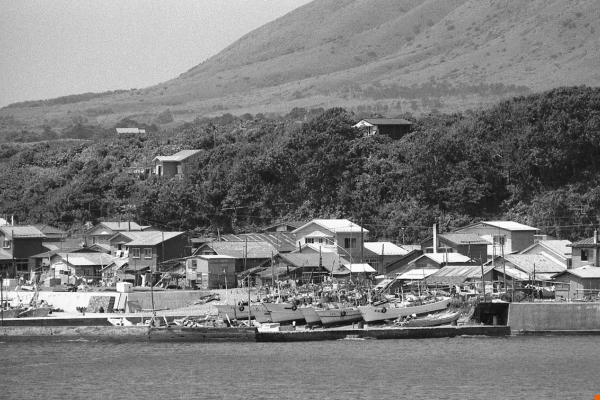
Fukushima – The Rest of the Story
Fukushima – The Rest of the Story[1] ( AKA Paul Harvey )
By Robert C. McCue, P.E.
The complete Japanese investigation of the Fukushima Daiichi Nuclear Plant disaster of 2011 was recently released in a 641 page report ( the “Official Report”) with the conclusion that “The accident was a manmade disaster caused by poor regulation and collusion between the government, the operator and the industries watchdog.“ [2] (The Guardian, Thursday, 5 July 2012)
As discussed in the April 2012 MDC Advisor, the multiple failures at the plant following the earthquake and tsunami revealed that safety systems and procedures common in U.S. nuclear plants were not employed by the operator, Tokyo Electric Power (TEPCO), nor were they required by the Japanese regulators.
The serial failures of the design, construction and regulation are summarized below:
-
- Base elevation of Plants 1 thru 4 were lower than historical tsunami levels;
- Flawed concept of sharing power between plants (station black-out criteria);
- Only one diesel generator per plant (single failure criterion ignored);
- Diesel Generator and emergency switchgear located below flood level (emergency planning);
- Hydrogen vent valves inoperable due to lack of AC Power (single failure criteria and station black-out); and
- Emergency planning and late/deficient response by TEPCO and the Japanese government in providing emergency/evacuation information and electrical power generation units to allow for the venting and cool-down of the units and the cooling of the spent fuel pools to avert additional releases of radioactive gases into the environment (emergency planning deficiencies).
The Official Report also places additional blame on the Japanese government for the misdirection and misinformation broadcast during the aftermath of the natural disaster concerning the nuclear accident as it was unfolding. Without tested procedures in place the confusion was understandable and almost unavoidable. The Official Report also criticizes the Japanese culture for not more vigorously questioning the design and operational decisions that allowed this sequence of events to unfold.
The Official Report stated that “Across the board, the commission found ignorance and arrogance unforgiveable for anyone or any organization that deals with nuclear power. We found a disregard for global trends and a disregard for public safety,”
It appears that the Japanese have now become self-critical and motivated to change the culture that had built up around the Japanese nuclear business. But what about the international inspectors, regulators and nuclear equipment suppliers responsibility for allowing the deficient designs, sloppy regulation and engineering/management failures to continue for so long in Japan? Who is supposed to be minding the Nuclear Genie?
As much as the Fukushima Daiichi disaster was a failing of the Japanese, it was much more of a failure of intelligent open international oversight. Even the most junior systems engineers at the U.S. Nuclear Regulatory Commission could have highlighted, and maybe even prevented, the engineering design and construction failures by TEPCO. Since radiation contamination knows no boundaries and can no longer be ignored, perhaps the U.S. State Department and The International Atomic Energy Agency need to start applying pressure to illuminate foreseeable and avoidable problems at nuclear plants around the world in order to avoid the next Chernobyl or Fukushima disaster? It is time to know and tell the whole truth about international operators who do not follow established design, construction, regulation and operational standards and safety procedures!
________________________________________
[1] Fukushima Daiichi April MDC Advisor, Volume 29
[2] The Guardian, Thursday 5 July 2012



0 Comments